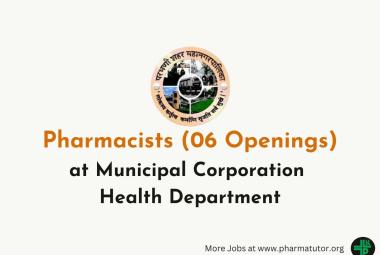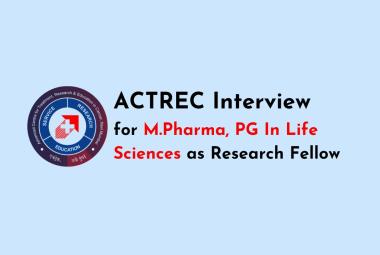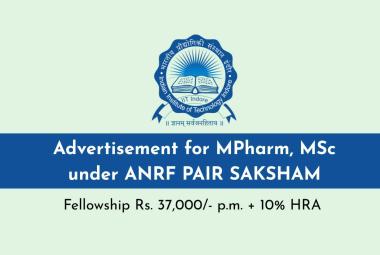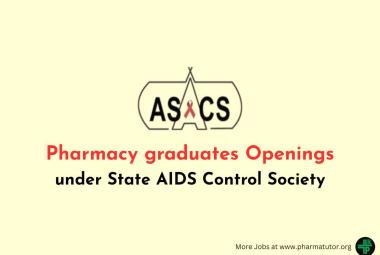HISTORY IN THE REVOLUTION OF QSAR: A REVIEW
 About Authors:
About Authors:
Rakesh Bhatia
School of Pharmaceutical Sciences, Department of Chemistry,
Jaipur National University, Jaipur-302025,
Rajasthan, India
ABSTRACT
QSAR has been applied extensively and successfully over several decades to find predictive models for activity of bioactive agents. QSAR have brought revolution in drug discovery process by thedevelopment of mathematicalrelationships linking chemical structures and pharmacological activity in quantitative manner of series of compound. The mathematical relationships between molecular descriptors and activity are used to find the parameters affecting the biological activity and/or estimate the property of other molecules. Description of the molecular structure, electronic orbital reactivity and the role of structural and steric components have been the subject of mathematical and statistical analysis. This review seeks to provide an evolution of QSAR and development of receptor theory.
[adsense:336x280:8701650588]



 About Authors:
About Authors: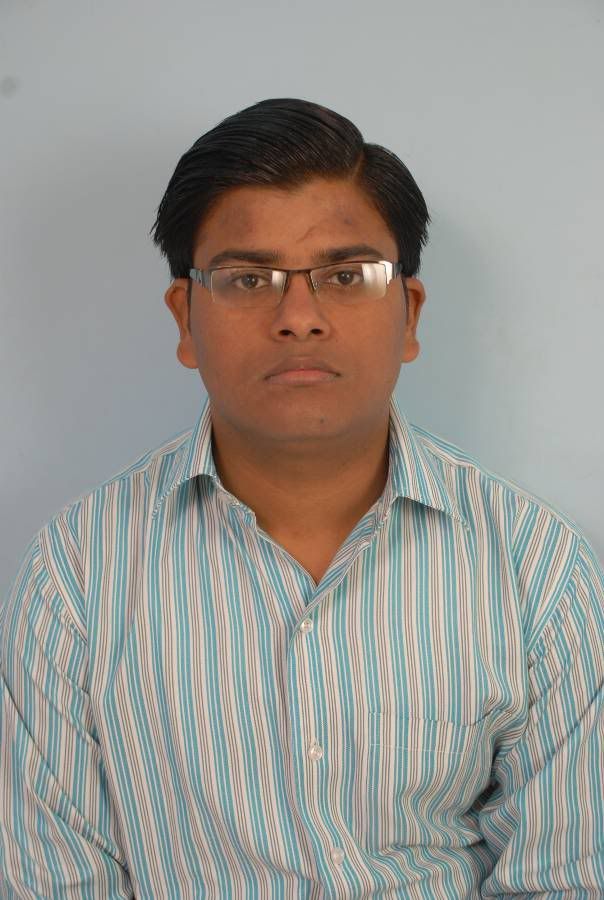 About Authors:
About Authors: About Authors:
About Authors: About Authors:
About Authors: About Authors:
About Authors: